Networking is a great way to connect with people who can take your business to the next level, whether they are potential mentors, partners, or clients.
Unfortunately, proper networking involves more than just showing up to an event with a stack of business cards. It takes a lot of effort, which makes it even worse if you leave with nothing to show for all your hard work.
Fortunately, there’s a solution. By sending smart follow-up emails, you can make sure all that time doesn’t go to waste. But what to put in a subject line for networking email? How can you increase your chances of a winning response? From pre-event strategies to the best follow-up subject lines, these tips and templates will help you learn how to write a follow-up email after a networking event and stand out for all the right reasons.
At the event
Hopefully, you’re reading this before you go to a networking event because the best way to send a winning follow-up email after networking meeting is to lay the groundwork at the actual event. This preparation will drastically increase the chance you’ll get a positive response.
You should have a clear goal in mind before you attend any networking event. What do you want to accomplish? Are you looking to connect with a mentor who will take you under their wing? A business partner who can open up doors to new opportunities? Or your dream client who will take you to the big time? While it’s possible to meet all three, you’ll increase your chance of success if you focus on one objective.
With that objective in mind, how do you know who’s likely to be attending the event? If you could only have three conversations at the event, do you know who they’ll be with? Having specific goals is great, but having specific names is even better, as you’ll have a chance to research them before you attend. It’s much better to approach that big-name with a clear talking point in mind, rather than coming up with a generic line (or my personal favorite, talking about the weather).
Finally, remember quality trumps quantity. It’s far better to have one meaningful conversation with someone who can help you reach your goals than hand out a thousand business cards at random. That clear objective will help you stay focused during the event, rather than being pulled in a million different directions. You’re more likely to be remembered and your follow-up email is more likely to be opened, rather than archived with the rest. For example, you can send this email after meeting someone at a networking event.
![Networking Follow-Up Campaign Guide [+Templates] Networking Follow-Up Campaign Guide [+Templates]](https://reply.io/wp-content/uploads/networking.2-1080x567.jpg)

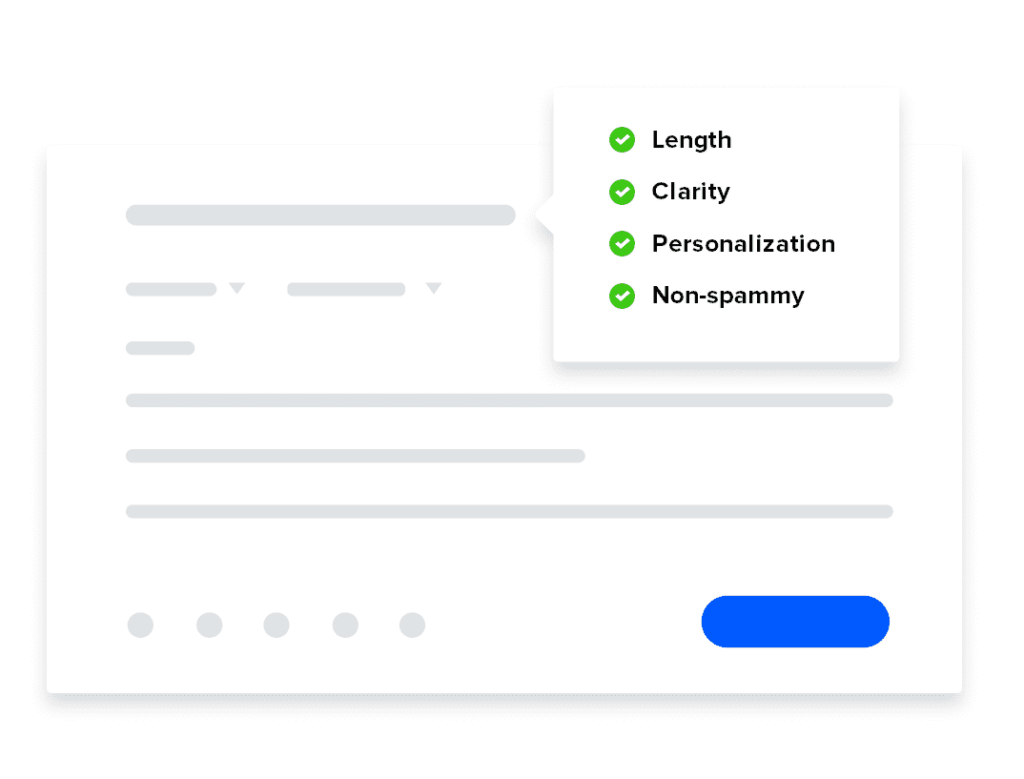
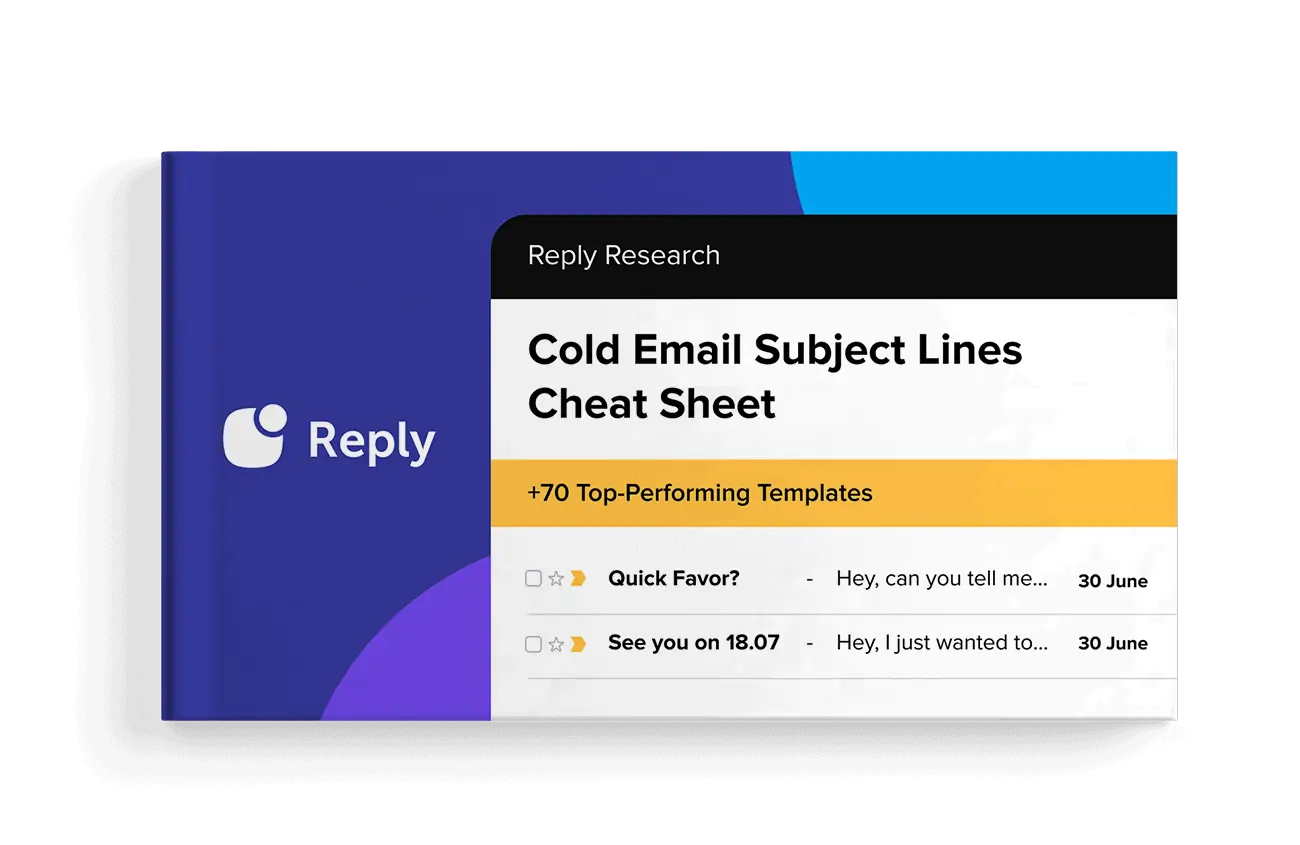
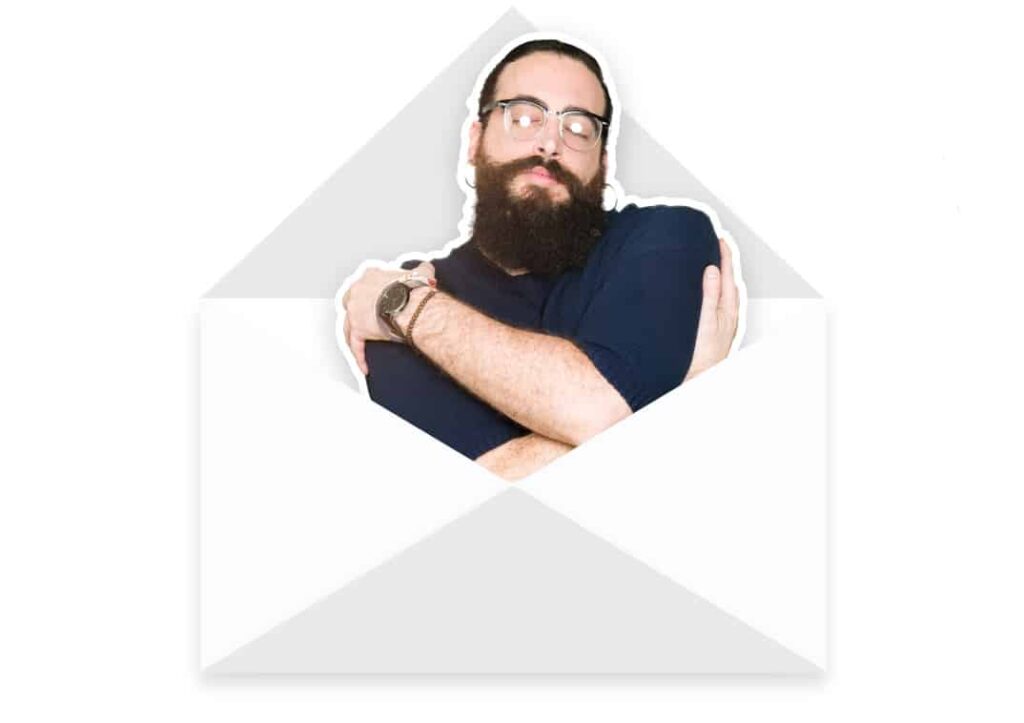
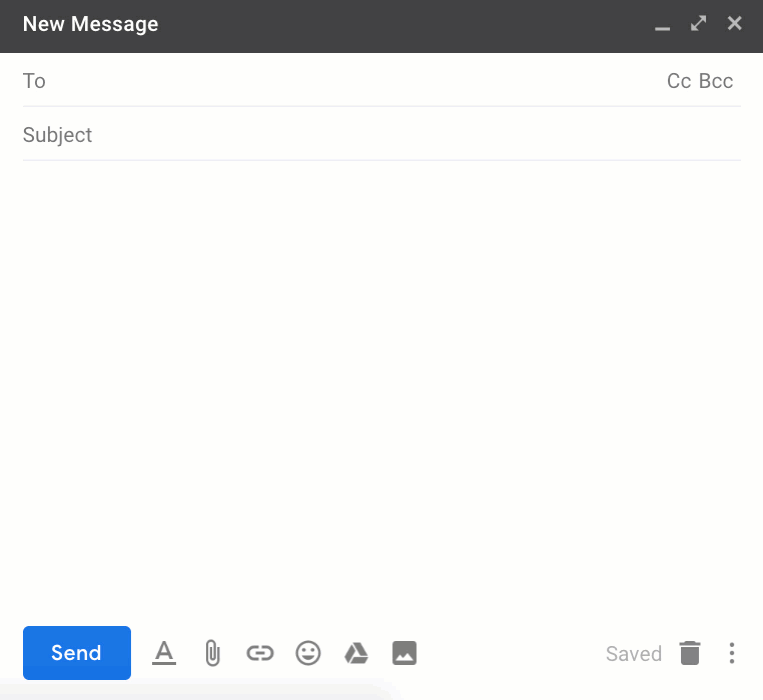
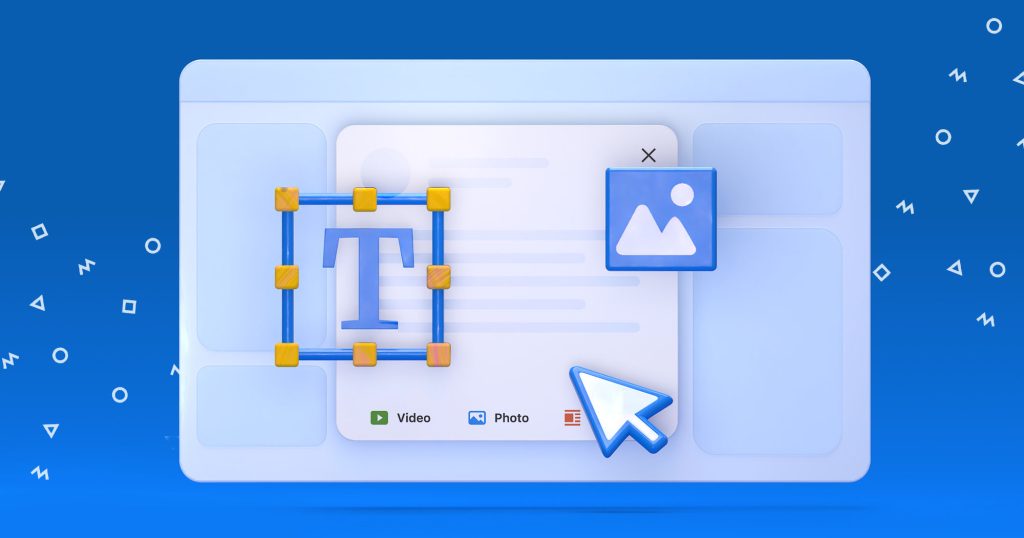
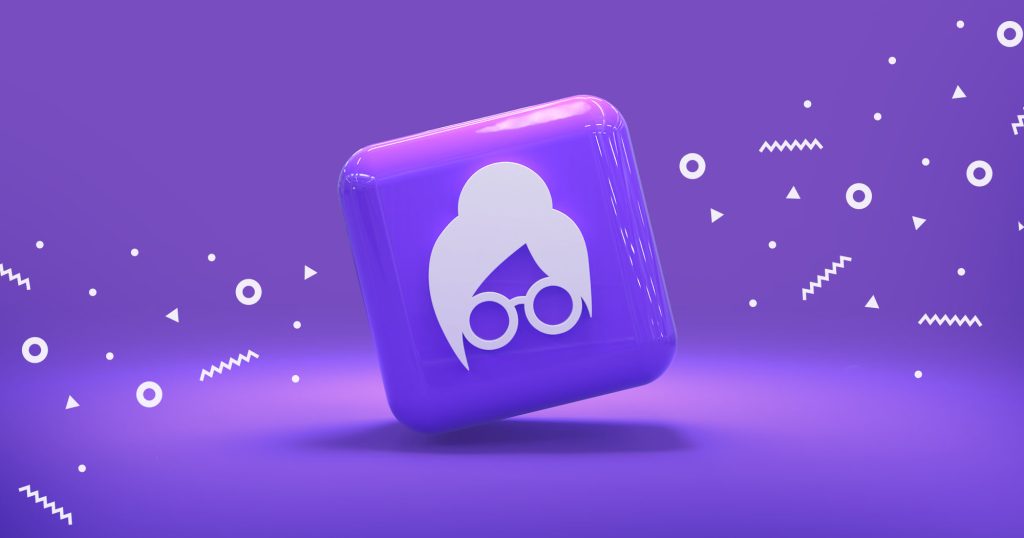

![New in 2025: Reply.io Teams Up with Persana AI [+Live Webinar] New in 2025: Reply.io Teams Up with Persana AI [+Live Webinar]](https://reply.io/wp-content/uploads/persana.io_-1024x538.jpg)